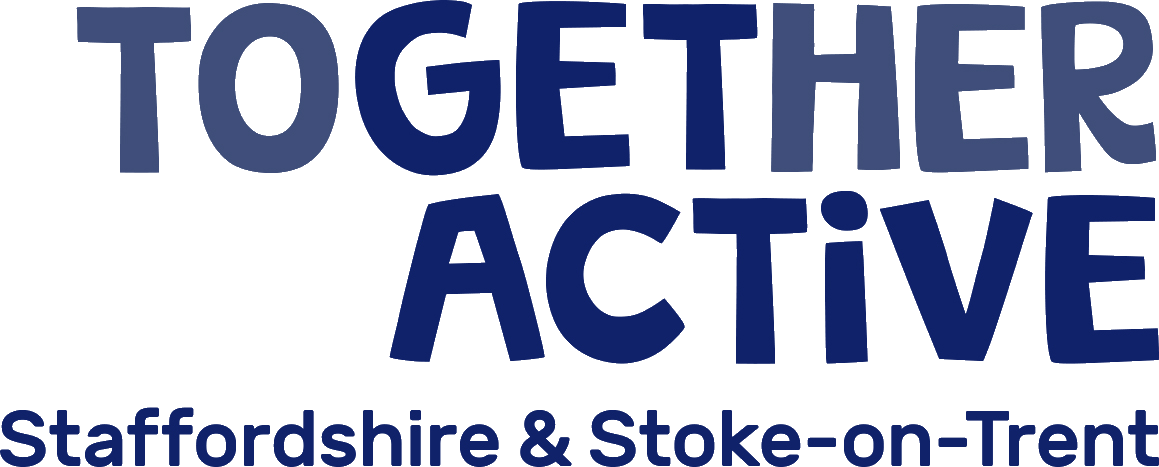£3.91 returned for every £1 invested in sport and physical activity
The benefits of sport and physical activity to an individual are well documented. Improved educational attainment. Increased employability. Better physical and mental health. Deeper connectivity and social engagement. But the broader impact the sector has the society and the national and local economy is often underplayed.
This recent study by the Sport Industry Research Centre at Sheffield Hallam University, commissioned by Sport England, suggests that the financial and societal benefits of physical activity are significant.
According to the study, every £1 spent in England on community sport and physical activity generates £3.91 in return for society, the equivalent of £85.5 billion.
This is in addition to an estimated £5.2 billion saved in healthcare costs and £1.7 billion in social care costs, including £450 million saved by preventing 30 million GP visits.
“Stoke- on-Trent is currently ranked as the 13th most deprived local authority (out of 317) in England,” said Jude Taylor, CEO of Together Active. “51% of areas in Stoke are among the most deprived 20% in England. A third fall within the most deprived 10%. And that was before COVID-19 hit.
A 2015 study by Sport England found that the healthcare costs of inactivity for Staffordshire were an estimated £16.6 million. As our level of inactivity rises, so too will the financial pressures on our health services.
Through investments in events from Staffordshire County Council and Stoke-on-Trent City Council, we have effectively used sport as vehicle to bring additional revenue into the local visitor economy. The Staffordshire 70.3 Ironman is an excellent example. Not only has it seen incredible levels of engagement from the local community but in 2018 alone a massive £2.4 million was spent by competitors and spectators.
The economic benefits, both as return on investment but also as cost-savings to local healthcare services, are huge. Investing in our public and community sporting infrastructure is a vital step towards addressing the inequalities in the area, easing the burden of poor health on our services, and building stronger communities and support networks.”
Tim Hollingsworth, CEO of Sport England, said “The contribution that sport and physical activity makes to our national life has never been clearer than in recent months.
The temporary closure of large parts of the sector during lockdown highlighted just how much we had come not just to rely on sport to deliver physical and mental wellbeing benefits to our lives, but also on how it uniquely brings our communities together. It is an understatement to say that its absence has been keenly felt.
And while we have always known that sport and physical activity strengthens our communities and contributes enormously to the health and wellbeing of the nation, until now there hasn’t been a figure attributed to the value it contributes to our society and economy.”


